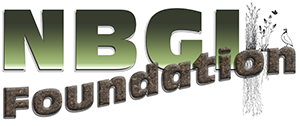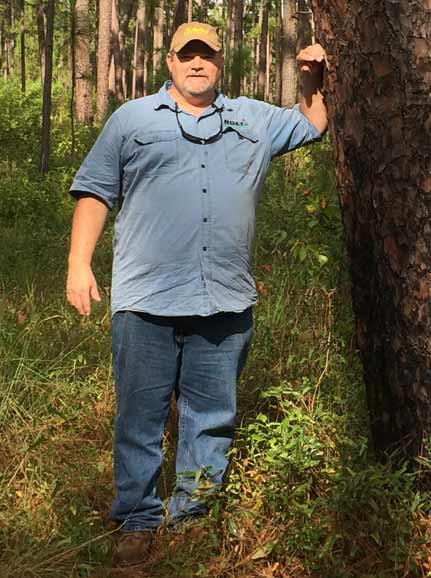The Farm Service Agency (FSA), which administers the Conservation Reserve Program (CRP), announced in December the availability of $10 million dollars to provide financial incentive to eligible CRP participants to promote pine savanna habitat or other beneficial wildlife practices such as tree thinning and prescribed burning. These management tools are critical for restoring and creating diverse and healthy savanna ecosystems, and will help address the habitat needs for threatened and endangered species, candidate species, northern bobwhite and other grassland and early successional birds, state species of greatest conservation need, pollinators, and others.
FSA is taking requests from landowners and will close out the second batching period today, Wednesday, May 31. Although today is the deadline for the current batching period, landowners should have ample opportunity to take advantage of this incentive. FSA is expected to take requests for this incentive until all the funding has been utilized. If you are a landowner that is enrolled in CRP with tree practices and you are interested in improving habitat for bobwhites, bees, butterflies, other pollinators, deer, turkey, certain songbirds and other wildlife you should consider visiting your local FSA office (http://offices.sc.egov.usda.gov/locator/).
If a landowner chooses to prescribe burn and thin their CRP trees they could receive up to $150.00/acre. Prescribed burning alone or thinning alone means that the landowner would receive a lower incentive payment. Before landowners can be paid for this work, they need to insure that they have a current conservation plan or schedule of operation with these practices included in them.
To maintain savanna/bobwhite habitat, both the thinning and burning practices should be included in a landowners habitat management practices plan. Thinning without prescribed burning or prescribed burning without thinning will not maintain the habitat in the proper scale. (To maintain bobwhite habitat it is recommended to thin down to a density of 40 – 50 sq. ft. of basal area in pine stands and to a density of 20-30 sq. ft. of basal area for hardwood stands. In southern pine stands prescribed burning should occur on a 2-3 year rotation. If there a 2-year rough and it will carry a fire then a prescribed burn should be conducted. For hardwood woodlands, prescribed burning should occur every 2-6 years.)







